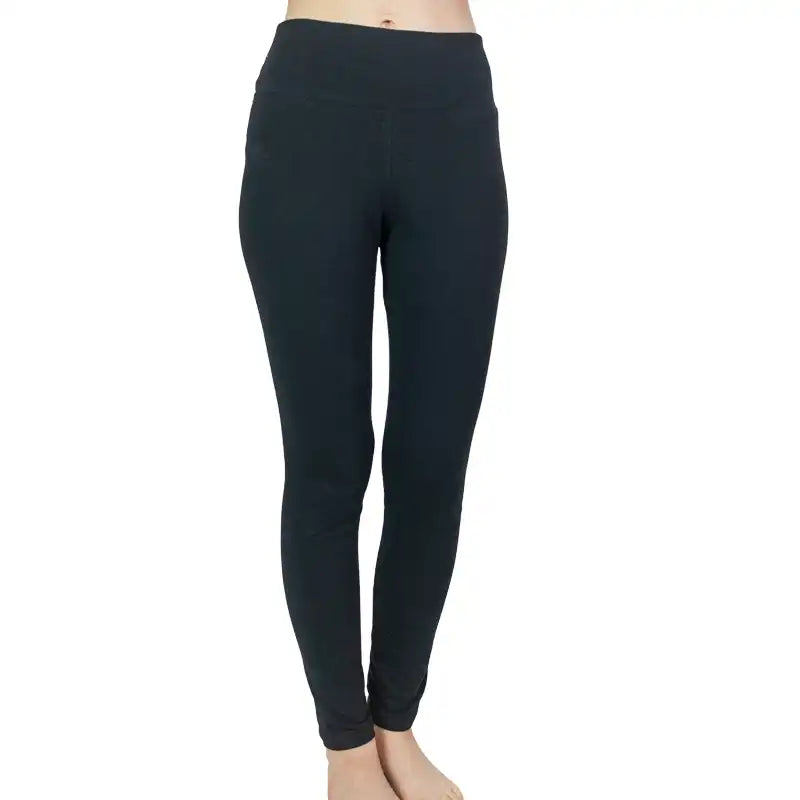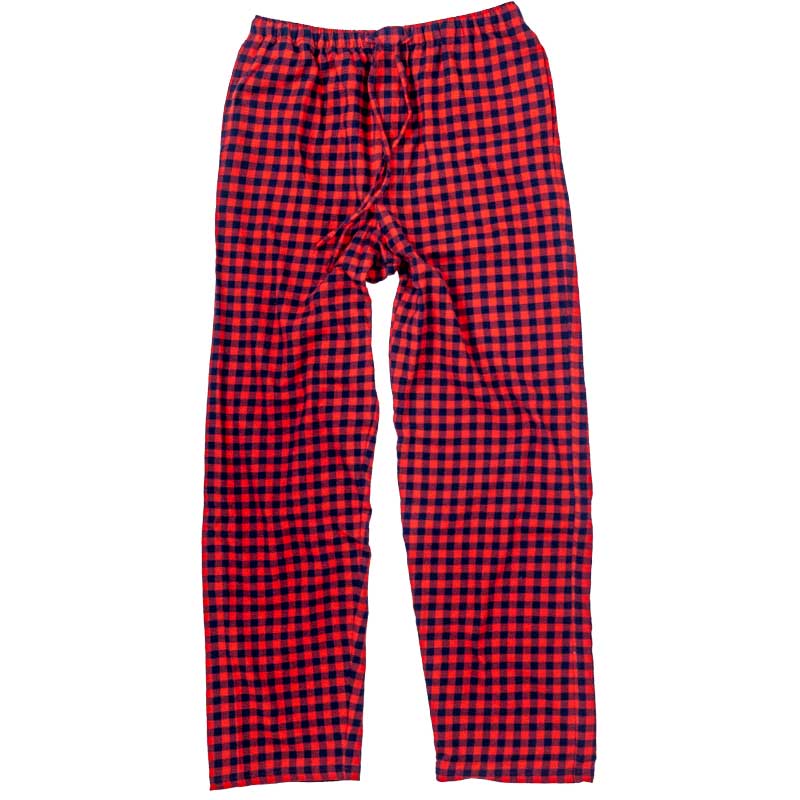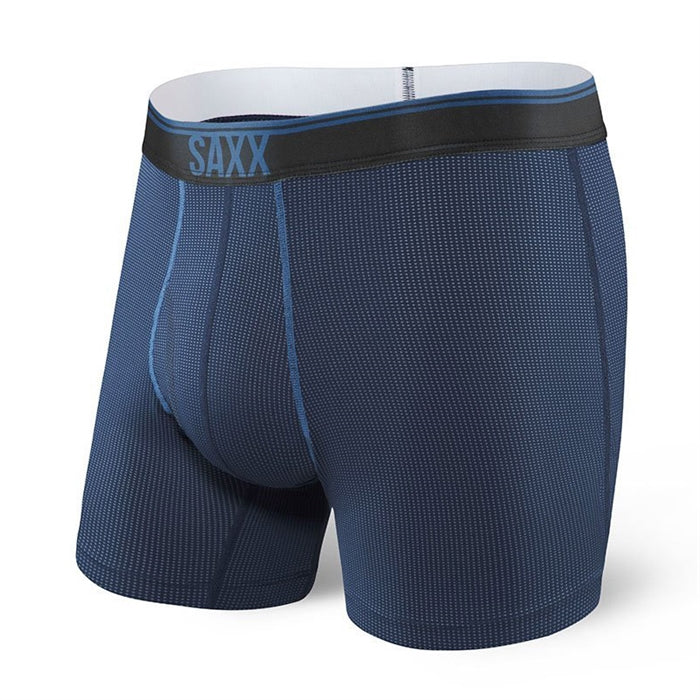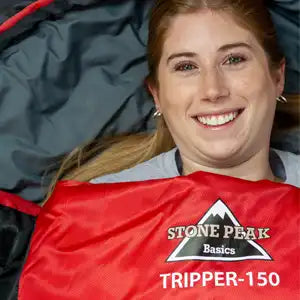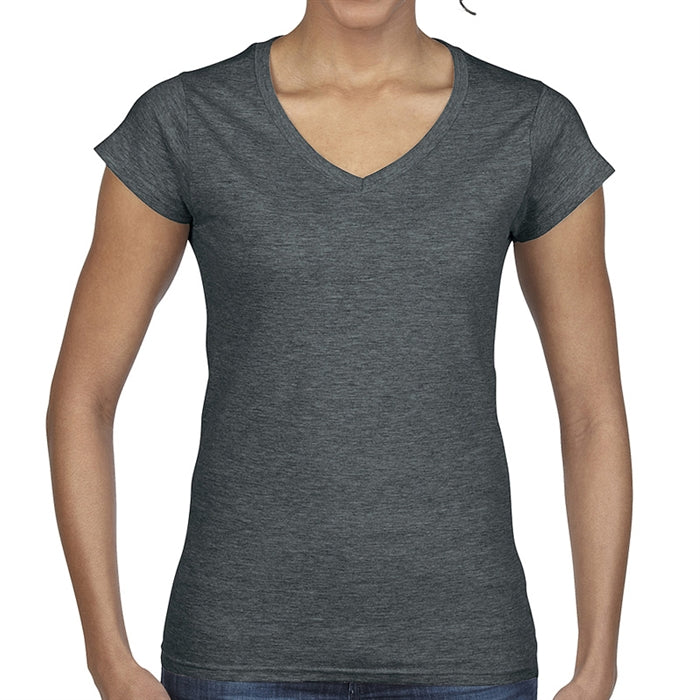Menu
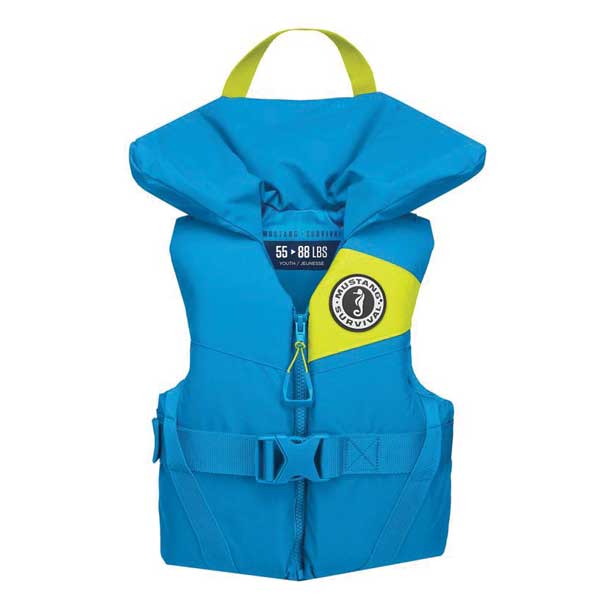
Wear your Life Jacket!
If you are on the water in the summer either with Camp, at the cottage or just out for an afternoon paddle you know the drill: Wear your Lifejacket! Except that for most cases what you really have (and all that is required) is a PFD or Personal Floatation Device.
What’s the difference between a PFD and a Life Jacket?’

There are a number of subtle differences but the one that really matters is this:
A PFD is designed to keep a conscious person’s head out of the water in calm conditions. A lifejacket is designed to turn an unconscious person face-up and float them with their head out of the water. You usually see lifejackets on ocean going and commercial vessels, while PFDs are the requirement for rivers, lakes and most recreational pursuits (This is not a hard and fast rule).
Most people use the terms interchangeably and everyone knows what is meant, but knowing the difference is important when making sure you are fulfilling your requirements to be on the water, and if you have any dealings with the harbor patrols or the Coast Guard.

Camp Connection carries PFD’s as that is what is required by the summer camps we work with, and most recreational needs. Our PFD's have been approved by both the US coast Guard AND the Canadian Coast Guard. (Not only does the Canadian Coast Guard have more stringent restrictions, but BY LAW, in Canada you are required to have a correctly sized, CANADIAN APPROVED PFD or Life Jacket for every person aboard your vessel.)
How do you fit a PFD?
There are two guidelines for getting the proper sized floatation device: Weight and Fit.
Weight is easy. You need enough buoyancy (usually provided by foam) so that you will float when you end up in the drink. So you'll want to pick a PFD that covers your weight range to make sure you can float.
Fit can be a little trickier: You need you PFD to not fall off when you fall in, and you also want your PFD to be comfortable to wear (you might be spending hours, or all day in it!) So you wan to choose a size that suits your body measurements. Start with the provided sizing and remember...
- All of our PFDs are adjustable to some degree: That makes picking the right size a little easier, and it also allows for adding or subtracting layers of clothing underneath. The adjustments also help accommodate growing children and allow your vest to be loaned to someone of a similar size.
- Snug: PFDs must fit snugly in order to work. Try on the PFD to ensure it is the right size: Working from the bottom up, tighten all the straps and close all the zippers. With your arms raised above your head, have someone lift the PFD by the shoulders. If the PFD moves freely or if it slides up your body until the main zipper touches your nose, it's too big.
- Move: Once you've found a PFD that fits snugly, try out some moves. If you're going to canoe, sit down and pretend to paddle, or cast an invisible line for fishing. It's important that you are able to move in the jacket, otherwise you're less likely to wear it out on the water.
Personal Floatation Device Care
PFD’s should be rinsed after every use, and occasionally hand washed with mild detergent. Always allow to hang dry, never stow it wet. Be sure to check PFD for rips, tears, faded material and weak straps and buckles periodically. Replace the PFD if any of these are broken, ripped or worn.
- Choosing a selection results in a full page refresh.
